A new bioprinter uses ultrasound to non-invasively 3D print tissues, biosensors, and medication depots deep in the body.



Researchers headed by a team at the California Institute of Technology developed an ultrasound-guided 3D printing technique that could make it possible to fabricate medical implants in vivo and deliver tailored therapies to tissues deep inside the body—all without invasive surgery. The researchers say the imaging-guided deep tissue in vivo sound printing (DISP) platform utilizes low-temperature–sensitive liposomes (LTSLs) as carriers for cross-linking agents, enabling precise, controlled in situ fabrication of biomaterials within deep tissues.
Reporting on their development in Science “Imaging-guided deep tissue in vivo sound printing”, first author Elham Davoodi, PhD, and senior, corresponding author Wei Gao, PhD, described proof of concept studies demonstrating in vivo printing within the bladders and muscles of mice, and rabbits, respectively. Gas vesicle (GV)–based ultrasound imaging integrated into the printing platform enabled real-time monitoring of the printing process and precise positioning. In their paper, the authors concluded, “DISP’s ability to print conductive, drug-loaded, cell-laden, and bioadhesive biomaterials demonstrates its versatility for diverse biomedical applications.”
Three-dimensional (3D) bioprinting technologies offer significant promise to modern medicine by enabling the creation of customized implants, intricate medical devices, and engineered tissues, tailored to individual patients, the authors wrote. “However, the implantation of these constructs often requires invasive surgeries, limiting their utility for minimally invasive treatments.”
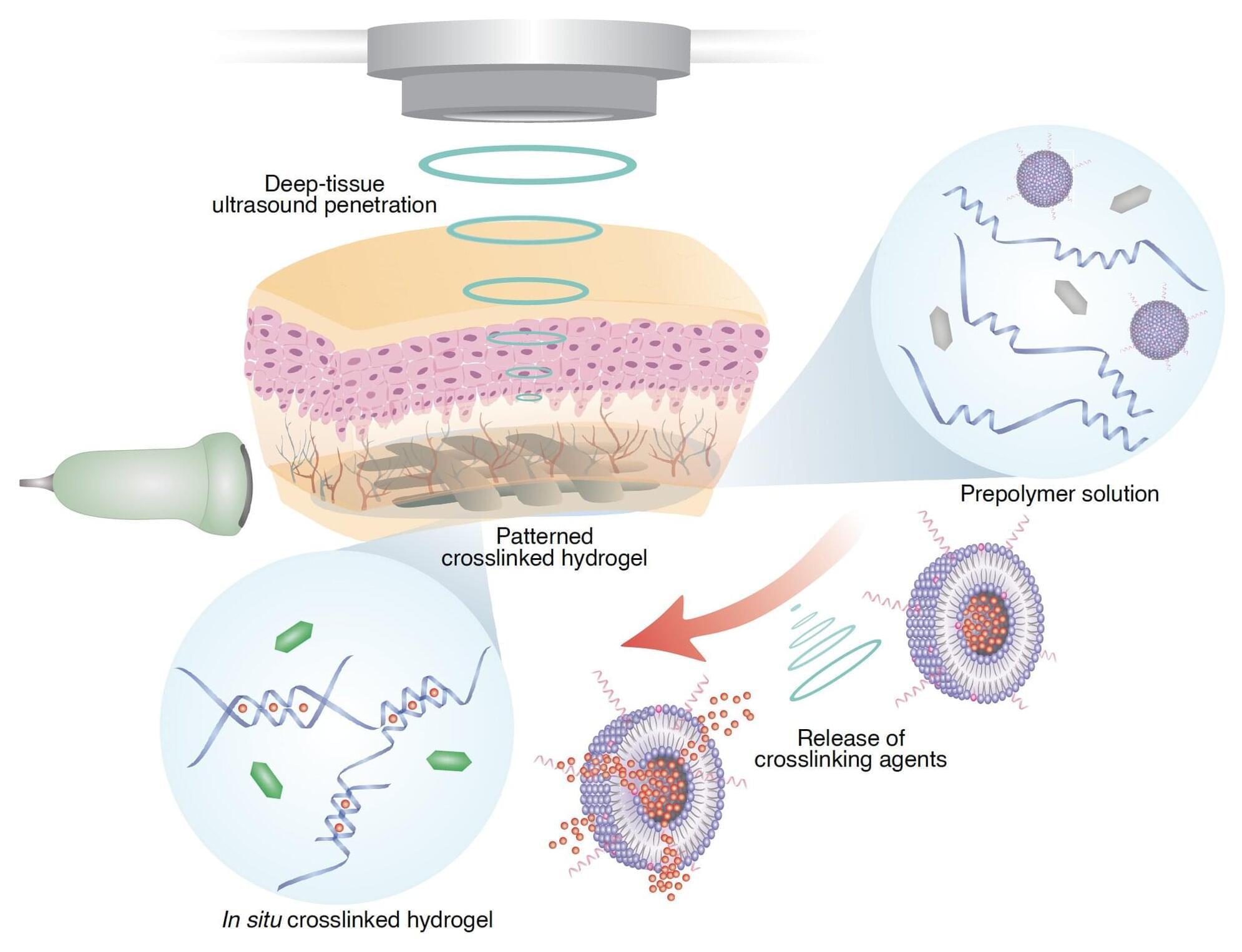
Imagine that doctors could precisely print miniature capsules capable of delivering cells needed for tissue repair exactly where they are needed inside a beating heart.
A team of scientists led by Caltech has taken a significant step toward that ultimate goal, having developed a method for 3D-printing polymers at specific locations deep within living animals. The technique relies on sound for localization and has already been used to print polymer capsules for selective drug delivery as well as glue-like polymers to seal internal wounds.
Previously, scientists have used infrared light to trigger polymerization, the linking of the basic units, or monomers, of polymers within living animals.
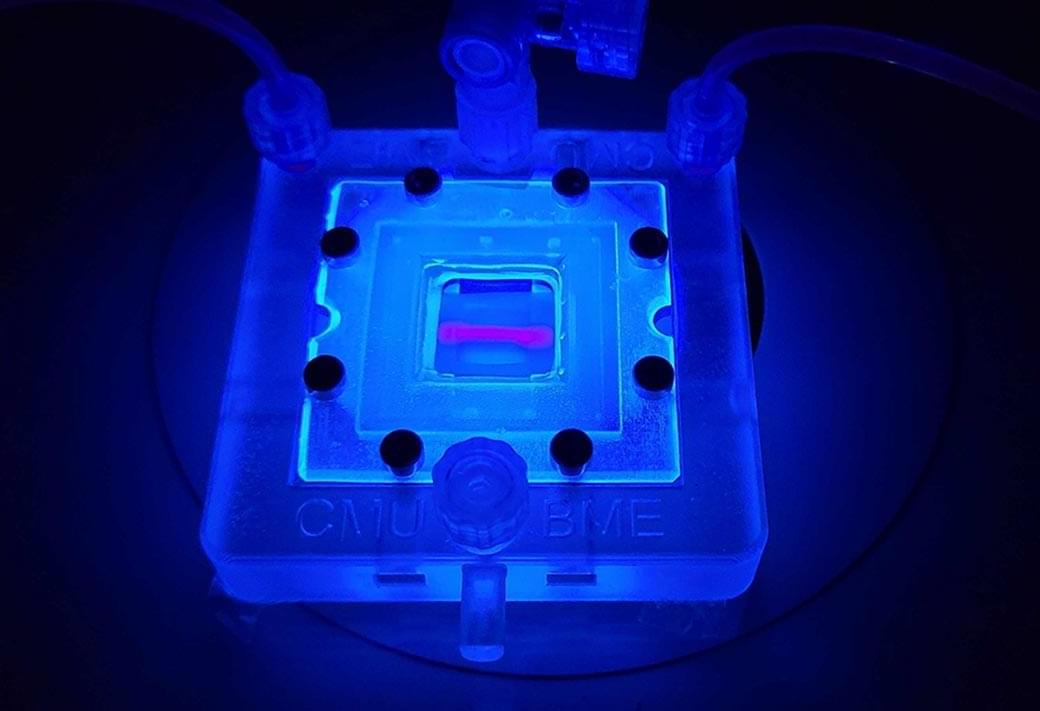
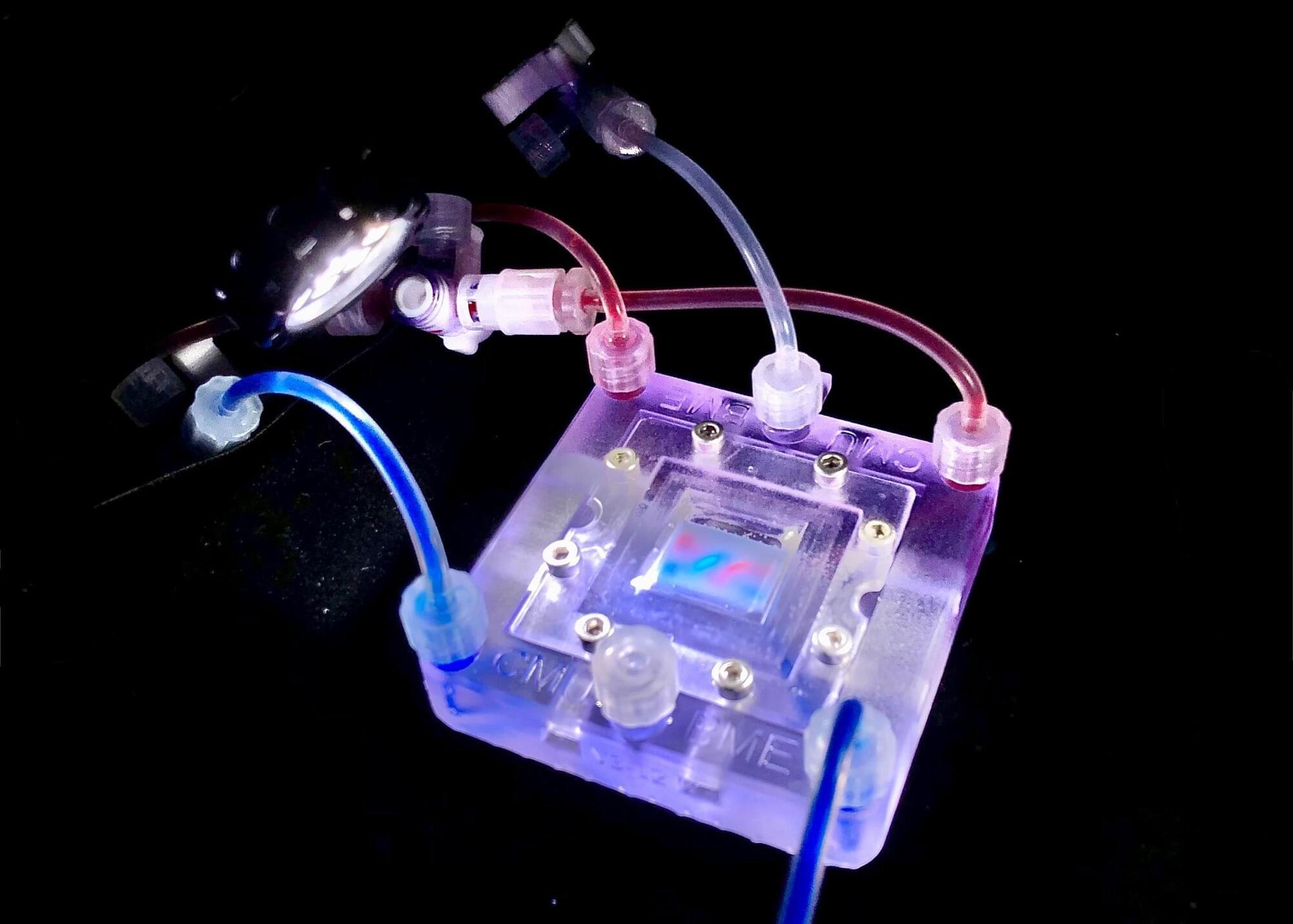
Researchers at the University of Pittsburgh have created a groundbreaking tissue engineering platform using 3D-printed collagen scaffolds called CHIPS.
By mimicking natural cellular environments, they enable cells to grow, interact, and form functional tissues — a major step beyond traditional silicone-based microfluidic models. The platform not only models diseases like diabetes but could also replace animal testing in the future. Plus, their designs are freely available to fuel broader scientific innovation.
3D bioprinting: turning science fiction into science reality.
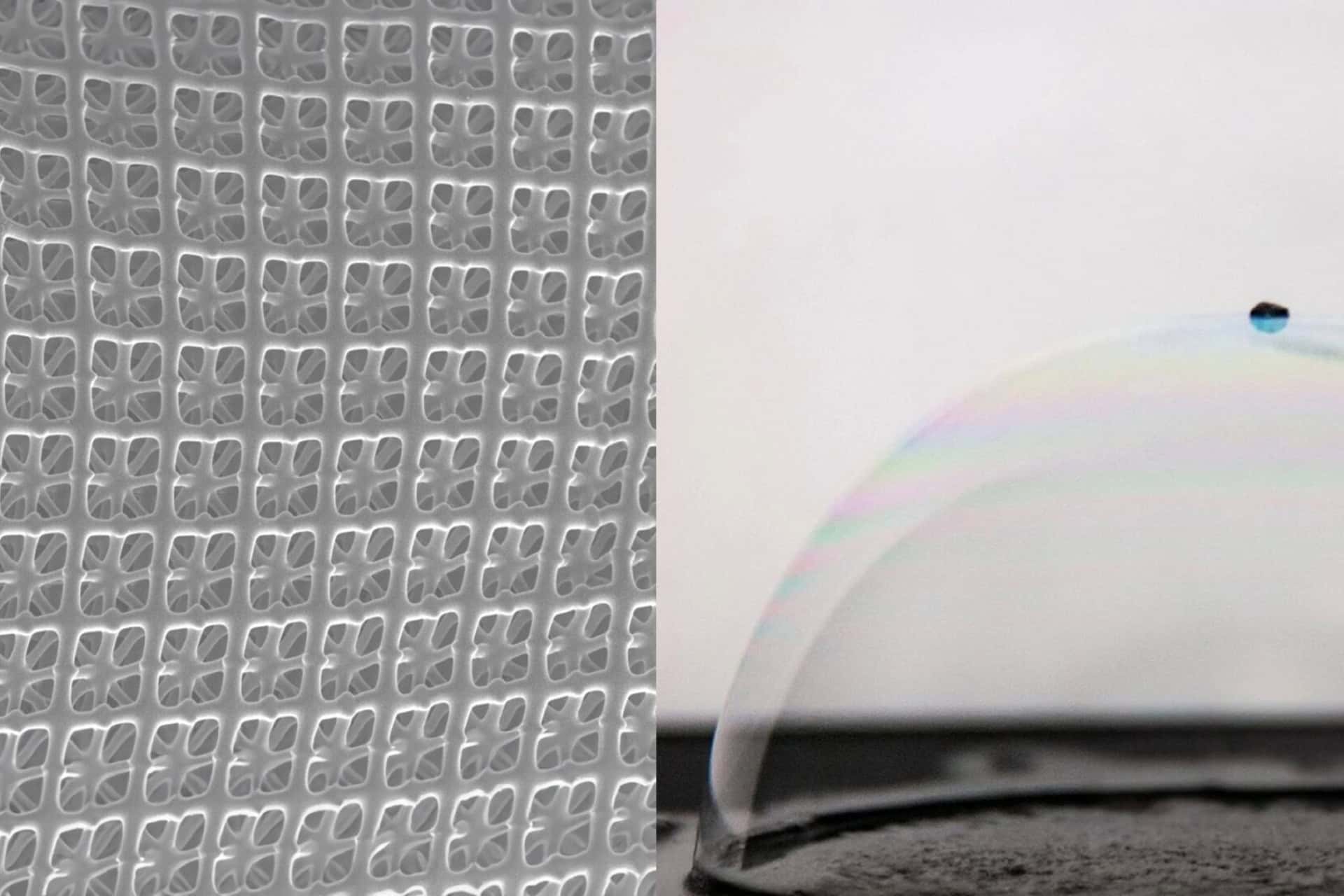
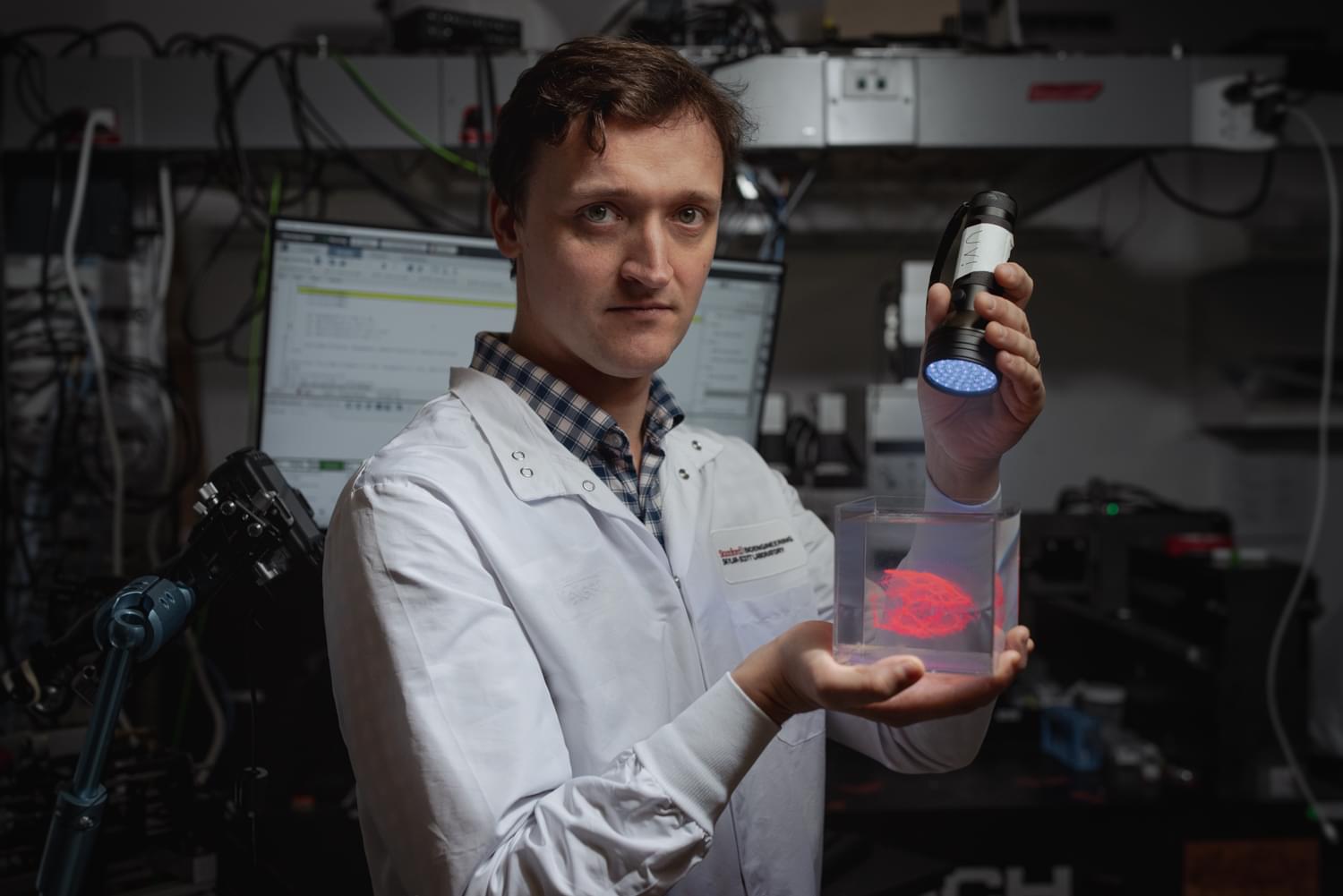
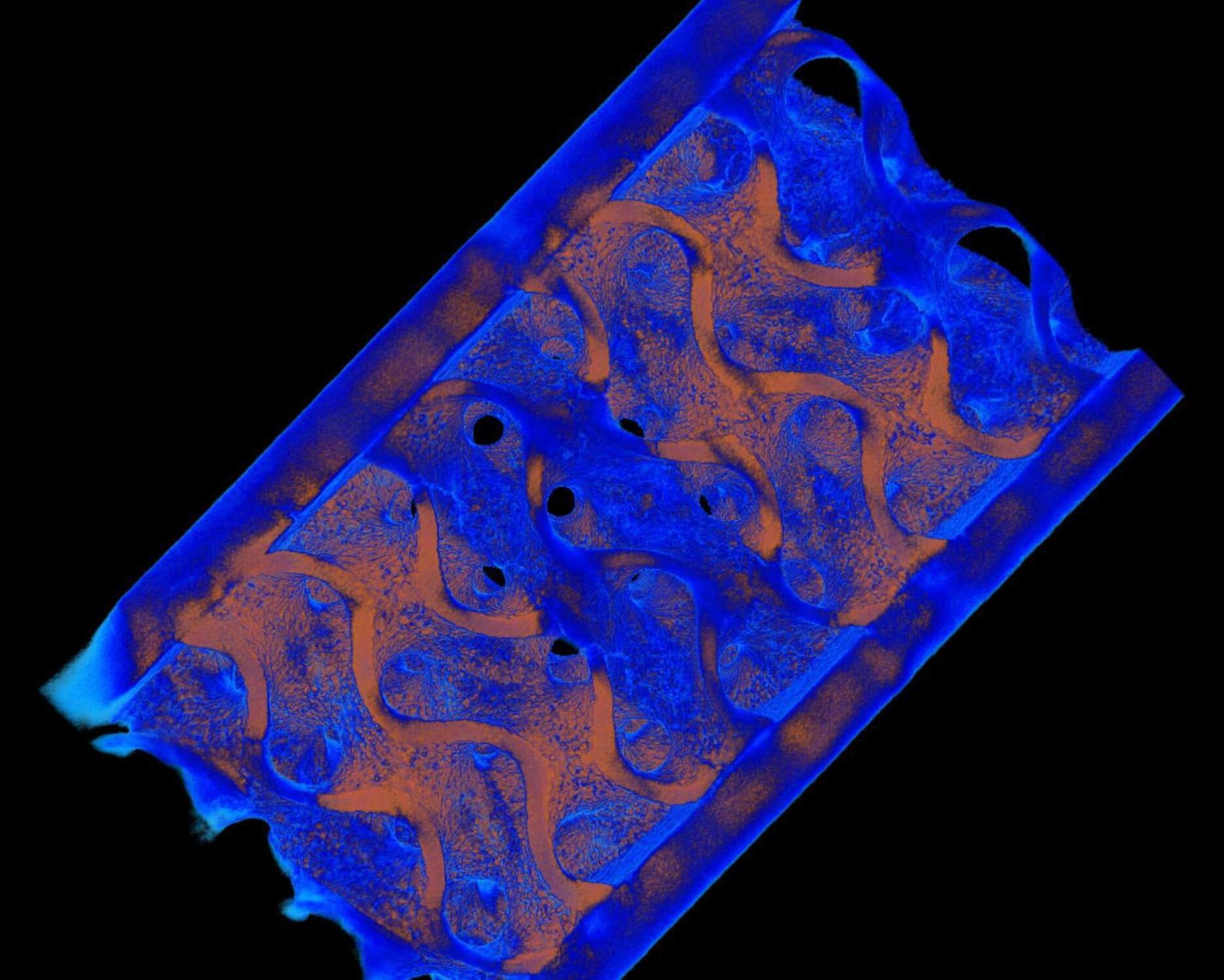
A team of Penn State researchers has used a new 3D-printing method to produce a complex metal build that was once only possible with welding: fusing two metals together into a single structure.
Using an advanced additive manufacturing process known as multi-material laser powder bed fusion—enabled by a newly acquired system in Penn State’s Center for Innovative Materials Processing Through Direct Digital Deposition (CIMP-3D)—the researchers printed a complex structure out of a blend of low-carbon stainless steel and bronze, which consists of 90% copper and 10% tin.
The researchers have published their approach in npj Advanced Manufacturing.
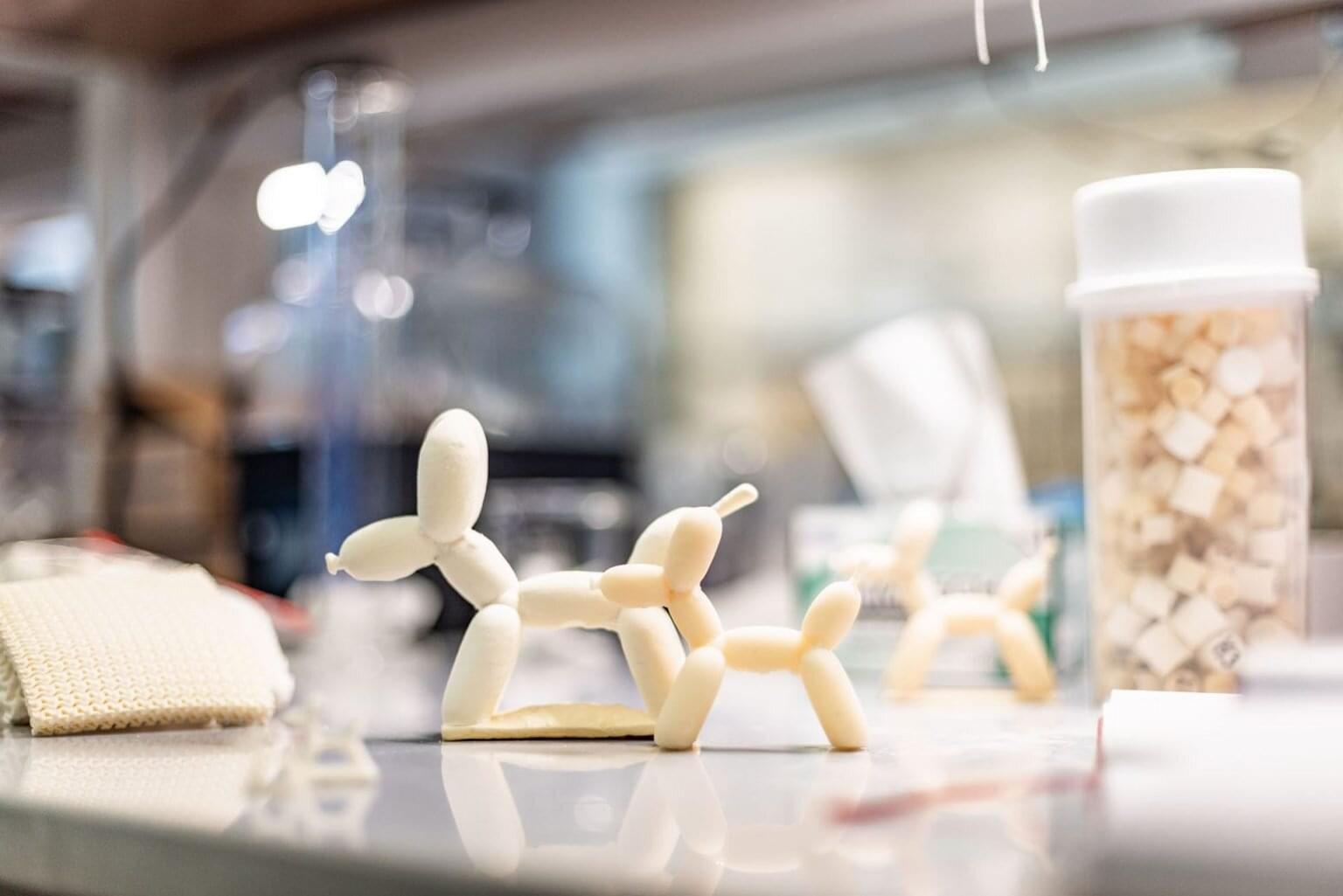
From seat cushions to mattresses to insulation, foam is everywhere—even if we don’t always see it. Now, researchers at The University of Texas at Dallas have fused chemistry with technology to create a 3D-printed foam that is more durable and more recyclable than the polymer foam found in many everyday products.
The research, published in RSC Applied Polymers, focused on creating a sturdy but lightweight foam that could be 3D-printed, a method that is still largely unexplored in commercial manufacturing, said the study’s co-lead author, UT Dallas doctoral student Rebecca Johnson BS’20.
“This is probably the longest project I’ve ever done,” said Johnson, who plans to complete her Ph.D. in chemistry in May. “From start to finish, it was a little over two years. A lot of it was trying to get the polymer formulation correct to be compatible with the 3D printer.”
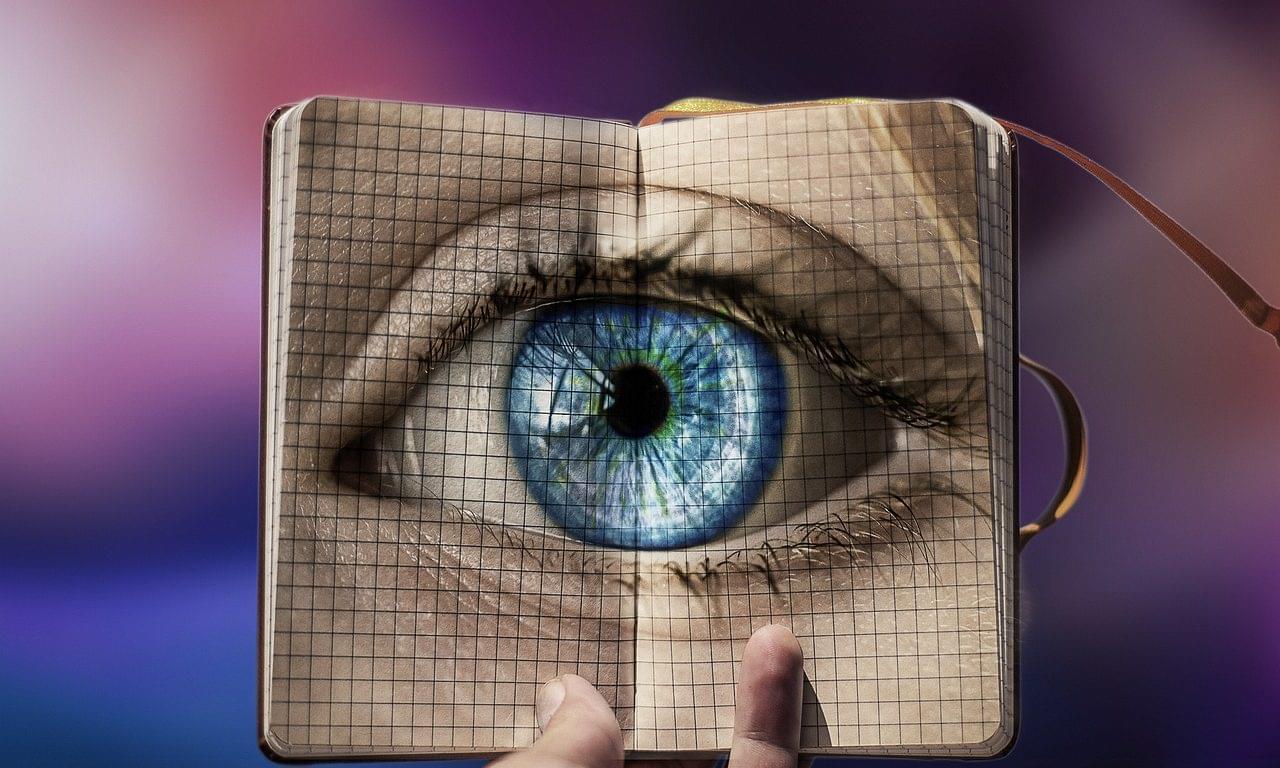
A team of MIT researchers recently created the first synthetic muscle actuator that can flex in multiple directions. This study opens the door for more capable soft robots and other advanced medical breakthroughs. Here’s how the team utilized a new 3D printing method, alongside specially made stamps, to grow synthetic muscles in the lab that can replicate the real thing.
Understanding Muscle Architecture and Movement
To understand why you can’t just make a motor that does what a muscle does, you first need to look at how your body operates. When you move your hand, there is a lot more going on than just your muscles pulling in a single direction. Many multidirectional skeletal muscle fibers form intricate patterns and are mounted at angles to produce the exact motions of the human body.